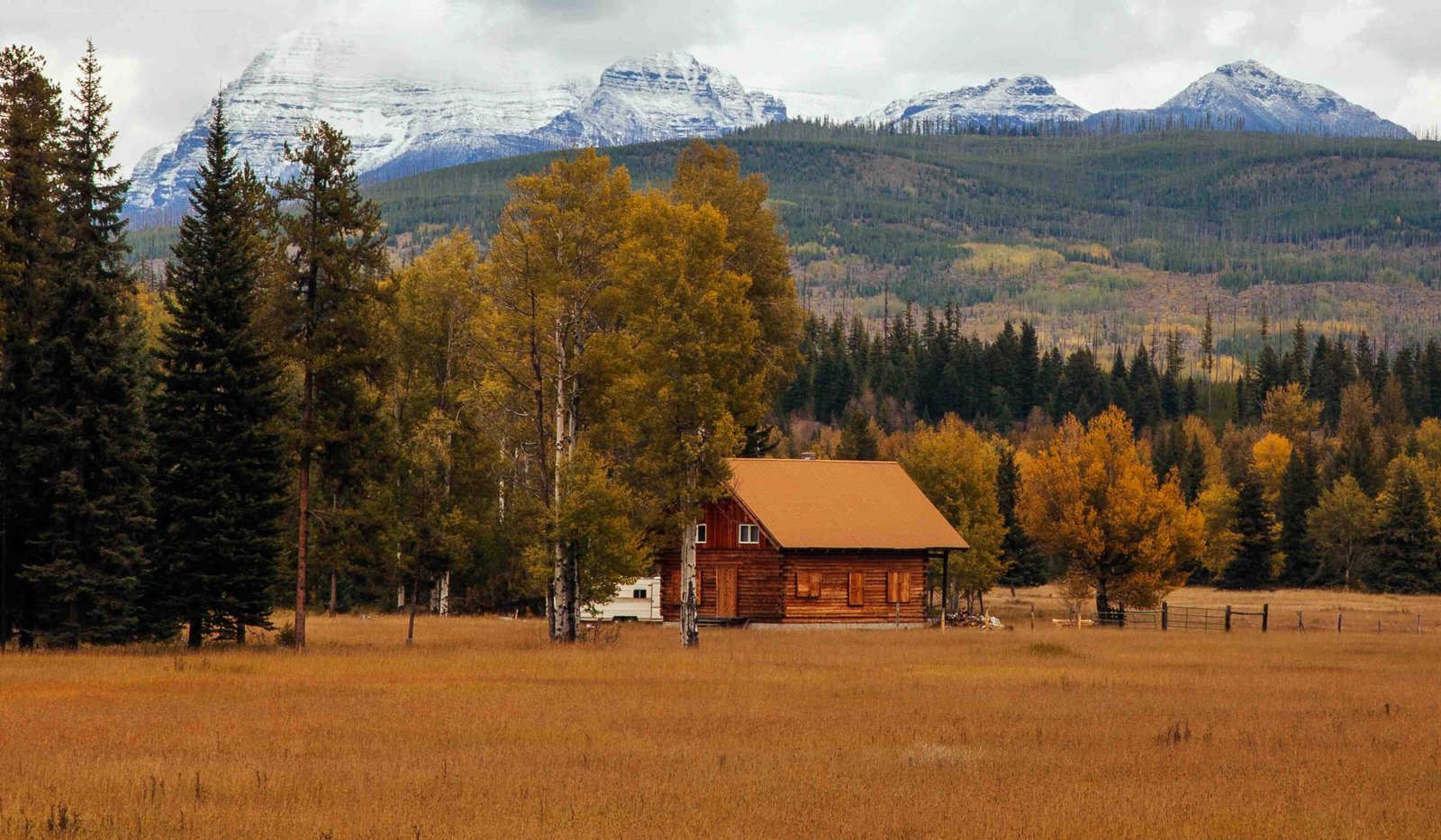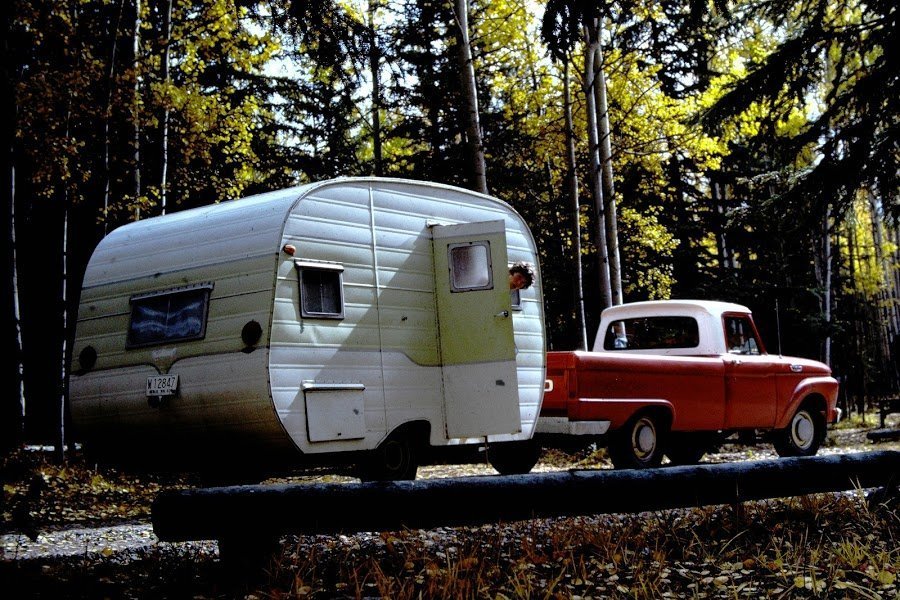Glacier National Park, once home to over 150 glaciers, now faces a stark reality as evidence mounts of its rapid ice loss. Scientific studies, satellite imagery, and field observations all point to an alarming trend: the park’s iconic glaciers are disappearing at an unprecedented rate. This article examines the compelling evidence that shows Glacier National Park melting away, exploring the causes, consequences, and implications of this environmental crisis.
What Are the Key Indicators of Glacier Retreat in the Park?

The retreat of glaciers in Glacier National Park is evident through several key indicators:
- Reduction in glacier surface area
- Fragmentation of existing glaciers
- Increased melt rates
- Changes in local ecosystems
Let’s delve deeper into each of these indicators to understand the extent of the problem.
How Much Have Glaciers Shrunk in Surface Area?
The shrinkage of glaciers in Glacier National Park is staggering:
- Between 1966 and 2015, the total surface area of the 37 named glaciers decreased by approximately 34%.
- From 1966 to 2005, the total glacier area reduced from 2,025,221 square meters to 817,205 square meters.
- Smaller glaciers experienced a 59.7% decline, while larger glaciers saw a 26.4% reduction.
Specific examples highlight the severity of the situation:
| Glacier Name | 1966 Area (sq m) | 2005 Area (sq m) | Percentage Decrease |
|---|---|---|---|
| Agassiz | 1,589,174 | 1,039,077 | 34.6% |
| Blackfoot | 2,334,983 | 1,787,077 | 23.4% |
| Siyeh | 215,420 | 56,698 | 73.7% |
These figures demonstrate the dramatic loss of ice mass across the park’s glacial landscape.
What Evidence Shows Glaciers Breaking Apart?

Recent studies have revealed a disturbing trend of glacier fragmentation:
- A U.S. Geological Survey (USGS) study using high-resolution aerial photos from 2016 to 2020 found that 11 glaciers in the park have broken into pieces.
- Glaciers like Agassiz, Blackfoot, and Harrison have fragmented into multiple segments, including perennial snowfields.
- This fragmentation accelerates the melting process, as smaller ice masses are more vulnerable to warming temperatures.
How Has the Number of Glaciers Changed Over Time?
The decline in the number of glaciers is a clear indicator of the park’s changing landscape:
- In 1850, approximately 150 glaciers existed in the area now known as Glacier National Park.
- By 1966, this number had decreased to 35 named glaciers.
- As of 2010, only 25 glaciers larger than 25 acres remained in the park.
This dramatic reduction in glacier count underscores the rapid pace of change occurring within the park’s boundaries.
What Temperature Changes Have Contributed to Glacier Melt?
Temperature increases play a crucial role in glacier retreat:
- Since 1900, the mean annual temperature in Glacier National Park and the surrounding region has increased by 1.33°C (2.4°F).
- This increase is 1.8 times the global mean temperature rise.
- Summer temperatures have risen, while winter snowpack has decreased, creating ideal conditions for accelerated glacier melt.
The correlation between temperature rise and glacier retreat is evident:
- Between 1917 and 1941, glaciers receded at rates as high as 100 meters per year due to hot, dry summers and decreased winter snowpack.
- The warming trend, combined with ocean-driven climate patterns like the Pacific Decadal Oscillation (PDO), has resulted in periods of rapid glacier recession.
How Do Scientific Studies Support the Evidence of Melting?
Numerous scientific studies provide robust evidence of glacier retreat in the park:
- A 2017 USGS study analyzed aerial images from 1966, 1998, 2005, and 2015, documenting consistent shrinkage in glacier surface areas.
- Research by Andrew Fountain, Bryce Glenn, and Christopher Mcneil found that glaciers in the Lewis Range, including those in Glacier National Park, have lost about 44% of their ice since the late 1960s and early 1970s.
- Field measurements and studies conducted by USGS and Portland State University have documented the rapid retreat of individual glaciers, such as the Boulder Glacier, which was reclassified as a perennial snowfield by 2016.
These studies provide a comprehensive picture of the ongoing changes in the park’s glacial landscape.
What Specific Examples Illustrate Ice Mass Loss?
Several specific examples highlight the extent of ice mass loss in Glacier National Park:
- Harrison Glacier:
- 1966 surface area: 2,073,099 square meters
- 2015 surface area: 1,888,919 square meters
-
Total decrease: 8.9%
-
Boulder Glacier:
-
Once a prominent glacier, it has now been reclassified as a perennial snowfield due to significant ice loss.
-
Fragmentation of glaciers:
- 11 glaciers have broken into multiple pieces, with most fragmenting into two or three segments.
- This fragmentation includes the formation of perennial snowfields, which are more susceptible to complete disappearance.
These examples provide tangible evidence of the ongoing changes in the park’s glacial landscape.
How Can Visitors Observe and Learn About Glacier Retreat?
Glacier National Park offers several opportunities for visitors to observe and learn about glacier retreat:
- Educational Programs:
- Ranger-led programs focusing on climate change and glacier retreat
-
Informational resources available at park visitor centers
-
Guided Tours:
-
Scheduled tours that highlight the effects of climate change on the park’s glaciers
-
Accessible Trails:
-
The Gunsight Pass trail allows visitors to observe remnants of glaciers such as Harrison, Jackson, and Blackfoot
-
Visitor Challenges:
- Many glaciers are located in remote, high-altitude areas, making direct observation challenging
- Park programs and accessible trails help visitors understand and visualize the impacts of climate change
By participating in these programs and exploring designated areas, visitors can gain firsthand insight into the evidence that shows Glacier National Park melting away.
What Are the Long-term Implications of Glacier Retreat?
The retreat of glaciers in Glacier National Park has far-reaching implications:
- Ecosystem Changes:
- Altered water availability for plants and animals
-
Shifts in species distribution and habitat
-
Hydrological Impact:
- Changes in stream flow patterns
-
Potential water scarcity issues for surrounding communities
-
Tourism and Recreation:
- Transformation of the park’s iconic landscape
-
Potential decrease in glacier-related tourism activities
-
Climate Feedback:
- Loss of ice cover may contribute to further warming in the region
- Potential acceleration of global climate change effects
Understanding these long-term implications is crucial for developing strategies to mitigate and adapt to the changes occurring in Glacier National Park.
The evidence shows Glacier National Park melting away at an alarming rate. From quantitative measurements of ice mass loss to documented patterns of glacial retreat, the data paints a clear picture of a rapidly changing landscape. As temperatures continue to rise and glaciers fragment and shrink, the park faces an uncertain future. Ongoing research, education, and conservation efforts are essential to monitor, understand, and potentially mitigate the impacts of this significant environmental change.
References:
1. https://npshistory.com/publications/glac/glacier-retreat-2013.pdf
2. https://hungryhorsenews.com/news/2024/mar/13/glaciers-falling-to-pieces-study-says/
3. https://www.epa.gov/climate-indicators/closer-look-glaciers-glacier-national-park